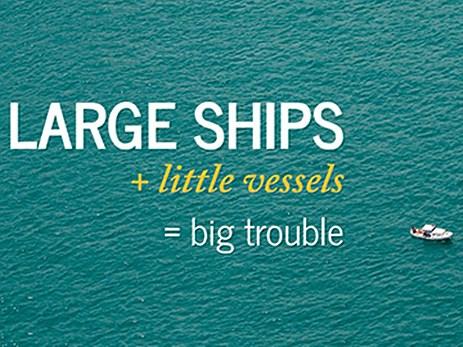Collisions at sea can endanger the lives of those on board and can cause significant structural damage to the vessels involved.

Speaking in the Australian Maritime Safety Authority’s (AMSA) Working Boats magazine, ATSB Executive Director Transport Safety, Mr Nat Nagy said that over the past 28 years the ATSB had investigated 38 collisions between large ships and small vessels.
“A proper and effective lookout and early avoiding action could have reduced the risk of any one of these collisions happening,” Mr Nagy said.
A proper and effective lookout by all available as defined by the international collision regulations (COLREGs) includes the use of radar, automatic identification systems, electronic chart displays, information systems, radio broadcasts, and ship-to-ship calls as well as keeping a look out by sight and hearing.
In addition to the material in the Working Boats magazine Mr Nagy went on to say that, the COLREGs apply to all vessels, in all waters.
“It’s not just about having the right electronic equipment. Crews need to be able to engage actively with the equipment and their surroundings,” Mr Nagy said.
“Those keeping watch need to take frequent and accurate compass bearings of any approaching vessel and ensure regular plotting and systematic analysis of the information they have to hand.”
Small ships can improve their detectability with AIS transceivers and radar reflectors.
“This equipment also helps smaller vessels detect other vessels and provides important dynamic and static ship information to help detect approaching vessels and avoid a collision,” Mr Nagy said.
For more information on this and other marine safety issues read the September edition of AMSA’s Working Boat magazine


